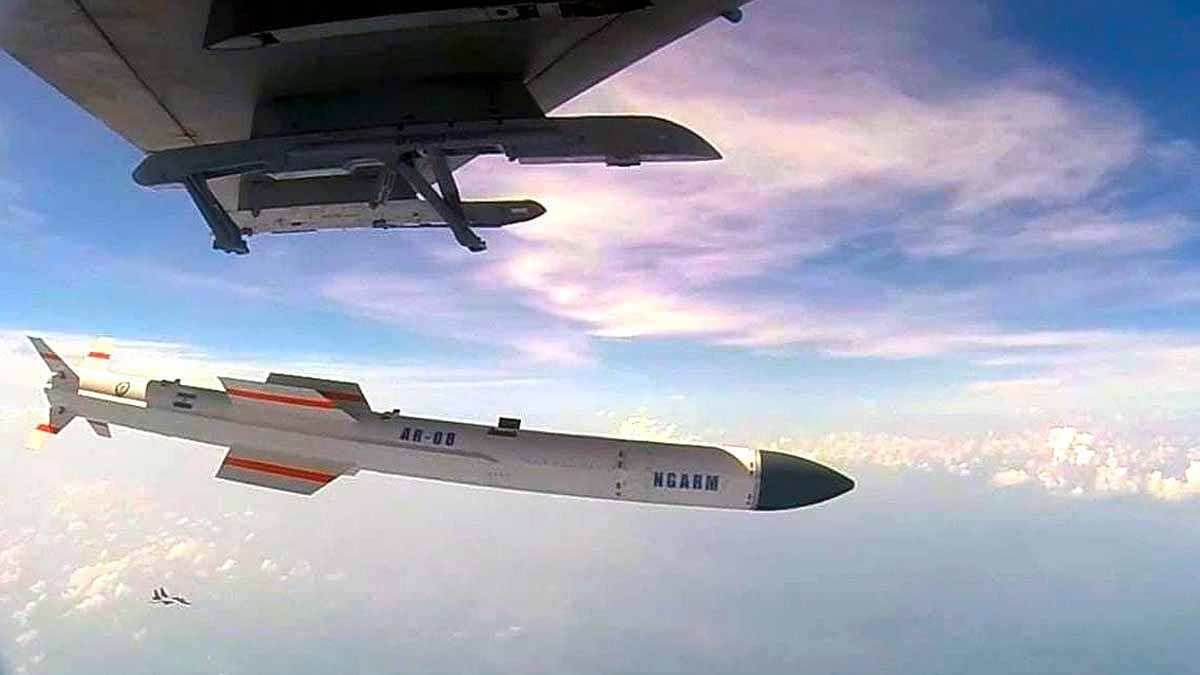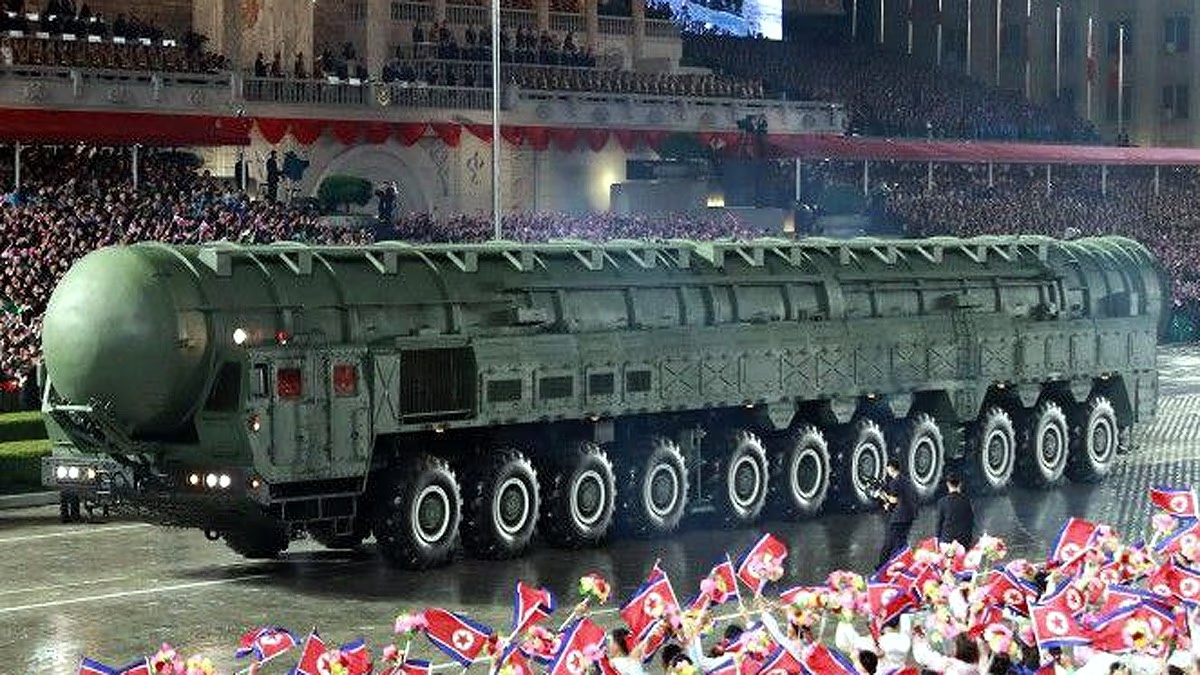Pakistan persistently acquires new missiles such as the AIM-120 AMRAAM and Chinese PL-15. However, India's missiles stand superior. The DRDO's VSHORAD, Astra, Rudram, NRSAM, and BrahMos-ER outshine with unmatched range, speed, and pinpoint accuracy overshadowing Pakistan's capabilities.
During Operation Sindhur in May 2025, India's strategic prowess effortlessly outmaneuvered Pakistani missiles. Let’s delve into the specifications and comparisons that bolster India's unmatched aerial, naval, and terrestrial defense systems.
The VSHORAD (Very Short Range Air Defense) is India's portable missile, designed to neutralize threats such as drones, helicopters, or low-flying aircraft. Ideal for countering short-range Pakistani drone or helicopter attacks.
Range: 6 kilometers
Speed: 2470 km/hr
Weight: 17 kilograms
Guidance: Infrared Imager (Heat Lock)
Platform: Shoulder-launched, can be deployed from trucks or helicopters
Surpassing Pakistan's Anza missile (4 km range), VSHORAD was inducted into the army in 2025 and promptly deployed on the borders.
Astra is India's indigenous BVRAM (Beyond Visual Range Air-to-Air Missile). Mk-1 is operational, while Mk-2 is testing in 2025. It can target Pakistan's JF-17 jets from a distance of 200 km.
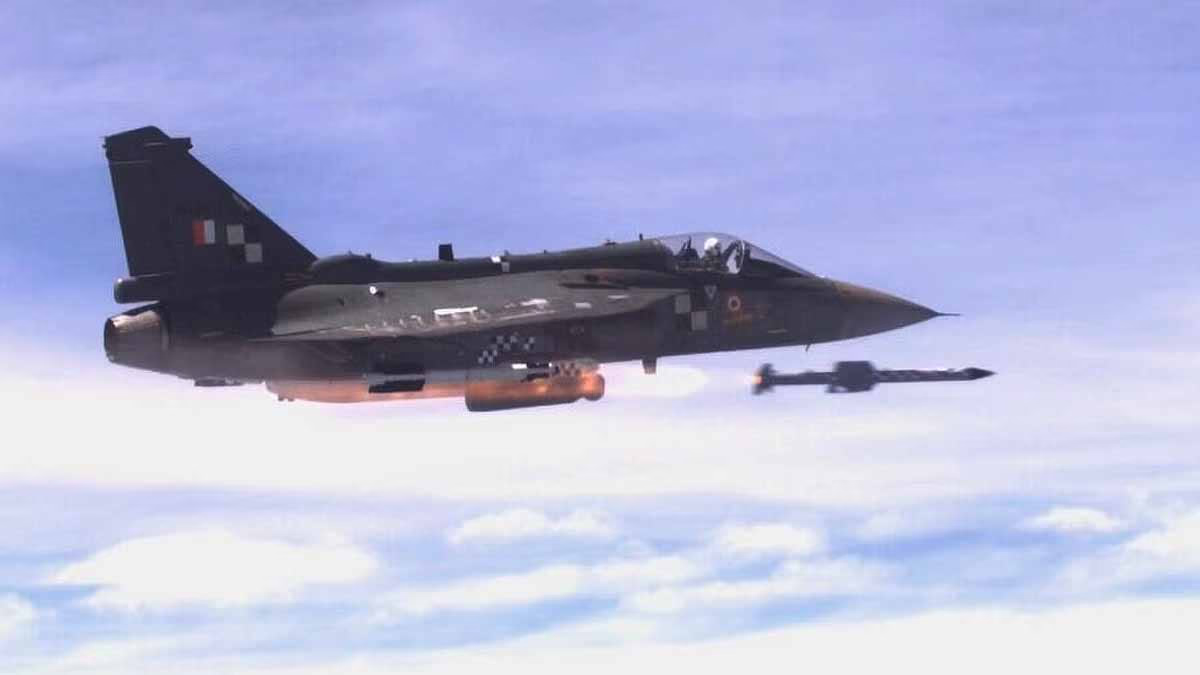
Source: aajtak
Range: Mk-1: 110 km; Mk-2: 200 km
Speed: 4939 km/hr
Weight: 154 kilograms
Guidance: Active Radar + GPS (Self-target Lock)
Platform: Sukhoi-30, Tejas, Mig-29
Competitor to Pakistan's PL-15 (200 km), Astra shines with superior accuracy and affordability ($1 million). Successful tests of 200 Mk-2s in 2025.
Rudram is an air-to-surface missile adept at destroying enemy radars, airports, or bunkers. Rudram-1 is operational, while a hypersonic Rudram-3 is testing in 2025. It’s lethal for Pakistan's airbases.
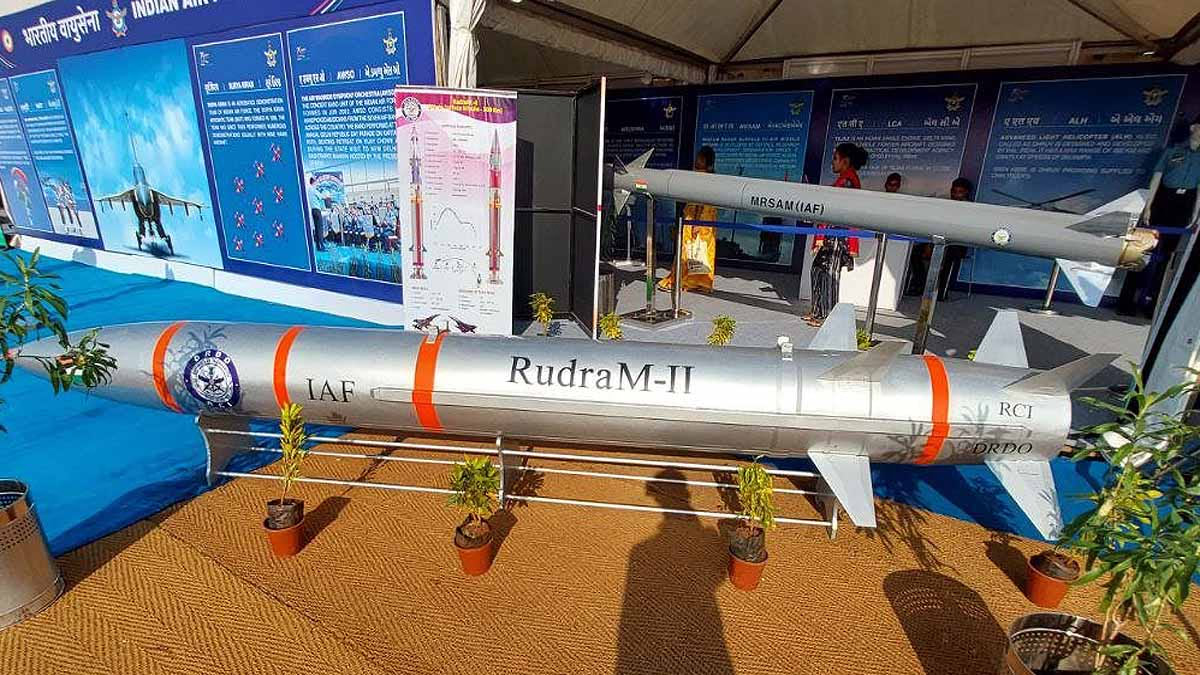
Source: aajtak
Range: 150-250 km
Speed: 2470 km/hr
Weight: 700 kilograms
Guidance: Passive Radar + GPS (Follows Radar Signals)
Platform: Sukhoi-30, Tejas
Though Ra'ad (350 km) ranges longer in Pakistan's arsenal, Rudram's penetration warhead can breach hardened targets. In 2025, Rudram-3 tests aimed to reach speeds of 7408 km/hr.
NRSAM (Naval Short Range Surface-to-Air Missile) fortifies naval ships, counteracting threats like Harpoon anti-ship missiles and blocking Pakistan's naval advances.
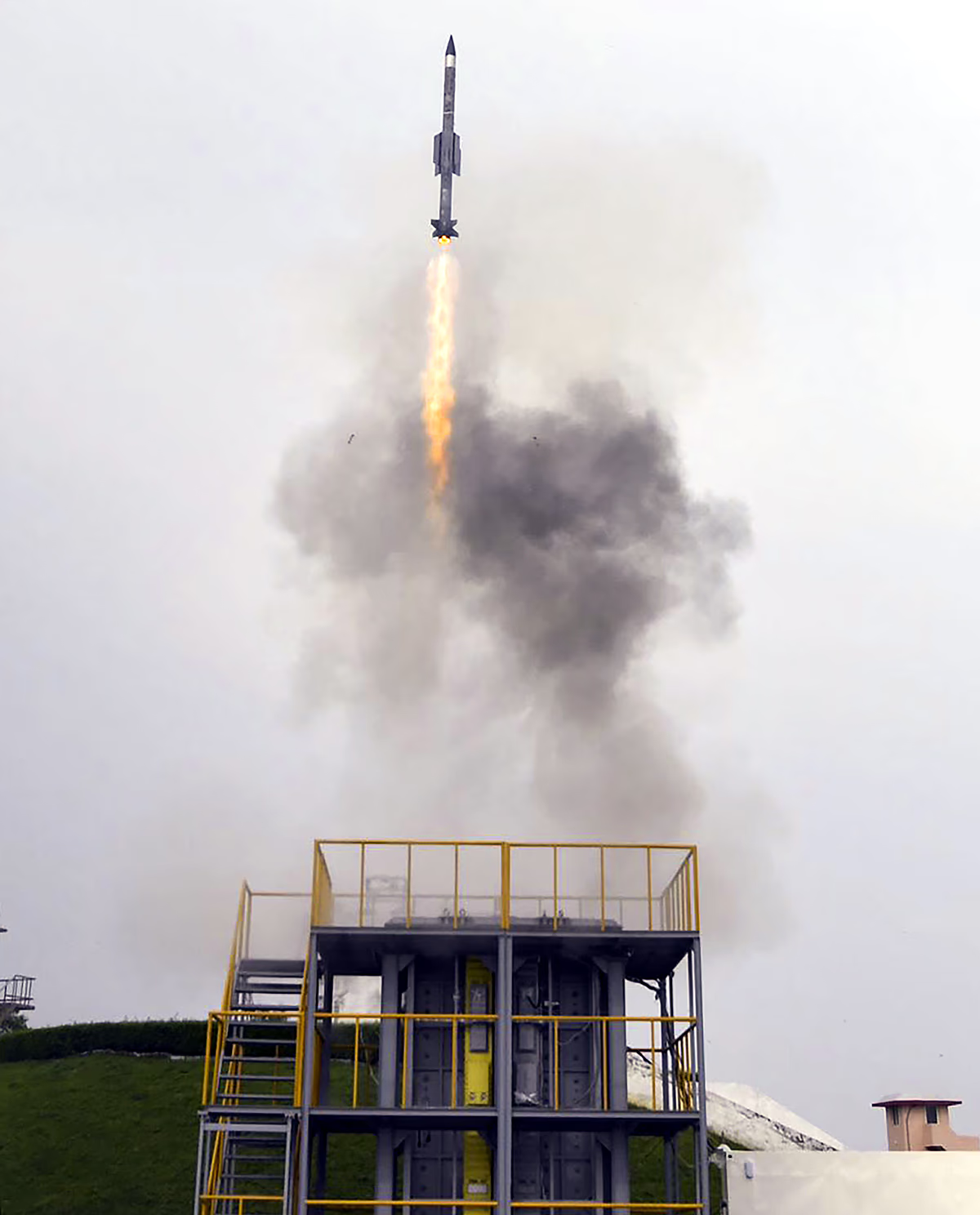
Source: aajtak
Range: 15-25 km
Speed: 3087 km/hr
Weight: 250 kilograms
Guidance: Active Radar
Platform: Ships, submarines
Despite LY-80's (40 km) longer range in the Pakistani fleet, NRSAM’s rapid reaction and accuracy dominate. Integrated into the navy by 2025.
BrahMos-ER (Extended Range), a collaborative India-Russia venture, offers versatile launch capabilities from land, air, and sea. Capable of overwhelming Pakistani ships or bases from 800 km.
Range: 800 km
Speed: 3704 km/hr
Weight: 2,500 kilograms
Guidance: INS + GPS + Active Radar
Platform: Ships, jets, submarines, land
Outclassing Pakistan's Babur (700 km) in both range and velocity, 220 ER versions were ordered by 2025. The forthcoming hypersonic BrahMos-II (9878 km/hr, 1,500 km) promises further advancements.
Pakistan's PL-15 combats Astra Mk-2, while Ra'ad's range beats Rudram but lacks precision. Babur trails behind BrahMos-ER. Overall, India's missile capabilities, with extended range (800 km+), superior speed (5000 km/hr), and indigenous technology, without a doubt, double Pakistan's strength by 2025.
